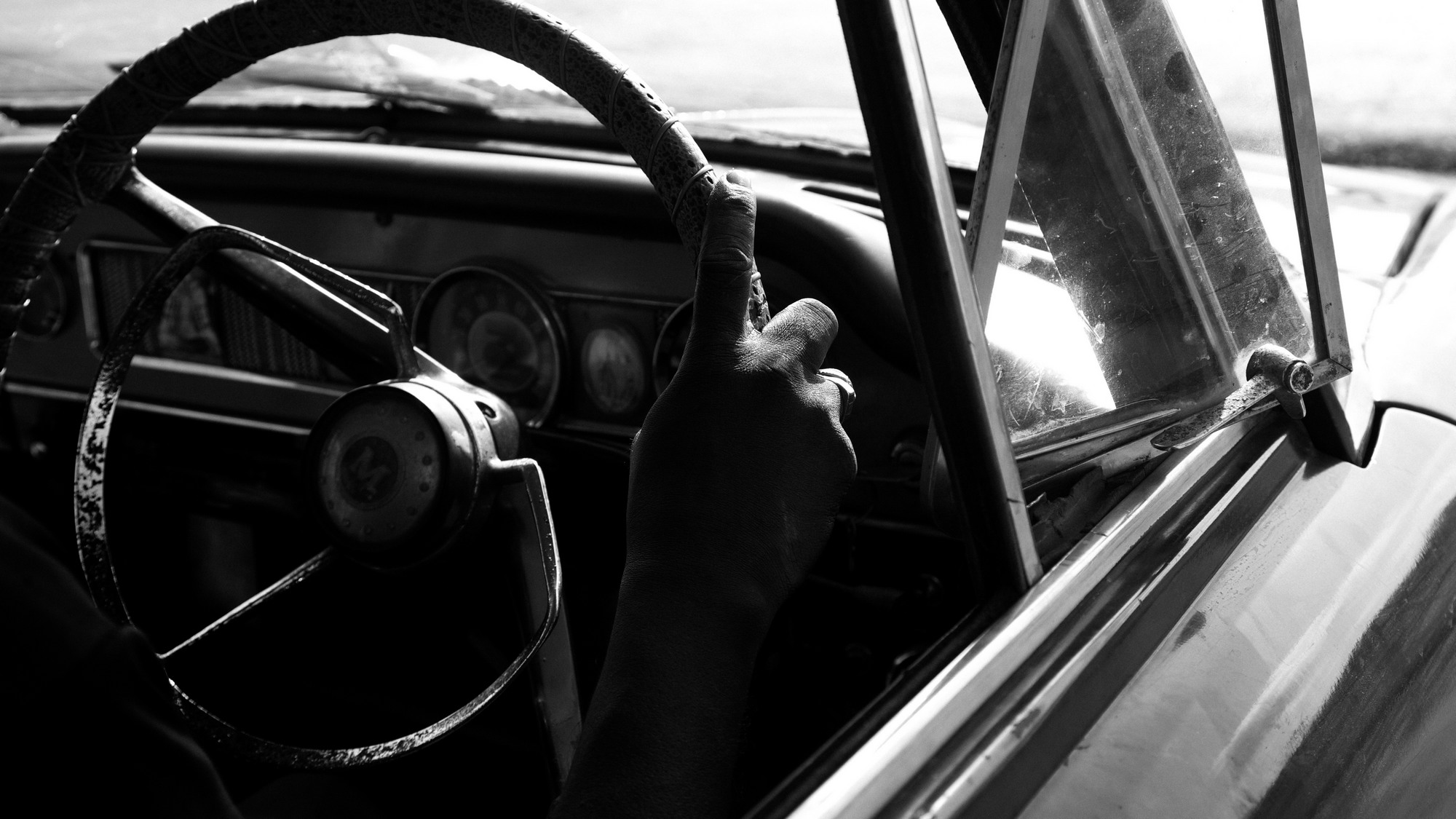The Taxi Driver
J. Jegatheeswaran
Esan has been driving passengers around Jaffna in his trusty Morris Oxford for nearly twenty years. He remembers the times of scarcity following government embargoes on fuel and the need to adapt to survive.


Transcript and translations
Language
Subjects discussed
So mine was the only car running
If I give a lift to anyone in my car, then I’m responsible until they complete their journey. I have to bring them back home safely.
During the army…checking time, they would check the boot and and under the bonnet. They would use this wire and rip open the doors. Throw the backseat out.
We left in ’95 and then returned in ‘o6. When we came back, there was my Morris Oxford and two or three other Japanese cars. But they couldn’t run on kerosene. So mine was the only car running in the area. In the nights I had to drive the sick and take the women in labour to the hospital. It was difficult those days. Even the army was scared.
We weren’t allowed to drive with the lights on. So we had to use the kerosene lamps. If we have to take someone to the hospital, we have to go to a certain point and explain to them that there was a woman in labour. I knew a bit of Sinhala. Things like someone’s having a baby. Then I’d go to the hospital. There they’d tell us to come back the following morning!
There were so many security restrictions. Once at a checkpoint, there was a woman in labour on board. She was screaming in pain, so I shouted at him. I tried to explain, “She’s going to have a baby, sir”. But he got angry, grabbed me by the shirt and then checked for explosives in the tyres. The woman was still screaming. At that time a senior officer came. I told him the situation. He didn’t take any action, but at least he did let us pass.
Sometimes before a hire, my mother would ask me, “If anything happens to you on the way what are you going to do?” So I’d tell her, “Never mind, even if I die at least I save two lives. I’m happy about that”.


Comments
Leave a comment